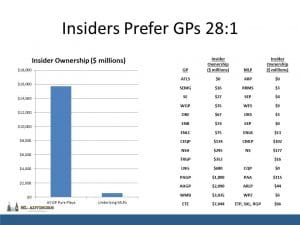The Outlook for Energy
Exxon Mobil publishes a long term energy outlook (The Outlook for Energy: A View to 2040) which they update annually. It’s full of interesting facts and charts on energy use and is well worth reading. Integrated energy companies like Exxon Mobil commit capital to projects whose payoff can take decades, and so they are inevitably in the long term forecasting business. The Outlook for Energy provides a perspective on their thinking as well as an interesting snapshot of likely shifts in energy consumption.
Globally, the number of middle-class households (defined as having discretionary income to spend beyond basic necessities) is the most important input into the demand side. Although demographers forecast global population to rise by 2 billion to 9 billion by 2040, more significant for energy demand will be the more than doubling of members of middle class households in just fifteen years, from 1.9 billion to 4.7 billion by 2030 (according to the Brookings Institution). In spite of this, The Outlook for Energy anticipates substantially slower rate of actual energy demand as energy intensity (the amount of energy required to produce a fixed amount of GDP) improves in the developing world to reach present day levels in the U.S.
Half of the increase in energy demand from Transportation will occur in China and India, as a result of which heavy-duty use (trucks) will substantially outpace light-duty (mainly private automobiles). In spite of an expected near doubling in the number of cars of the roads, substantial improvements in energy efficiency will result in little overall change in energy demand from this sector.
As a result of increased efforts to control pollution, CO2 emissions are expected to eventually flatten out and then begin declining over the next 10-15 years. Given the uneven nature of such initiatives globally, this must be one of the more speculative forecasts.
The most significant change in long term supply in recent years is most assuredly the development of “tight”, unconventional oil and natural gas liquids (NGLs) in North America. In just a few years unconventional gas production in North America is likely to exceed the total from the Middle East, turning the U.S. into a significant net exporter within ten years. Although coal will continue to be a substantial source of electricity supply through coal-burning power stations, it has been falling as a percentage of fossil fuels used for many years. In fact, recently Beijing announced it would be closing its last coal-fired power plant by the end of 2016.
Overall, The Outlook for Energy provides a useful global, long term perspective and highlights America’s place evolving role as a producer.


